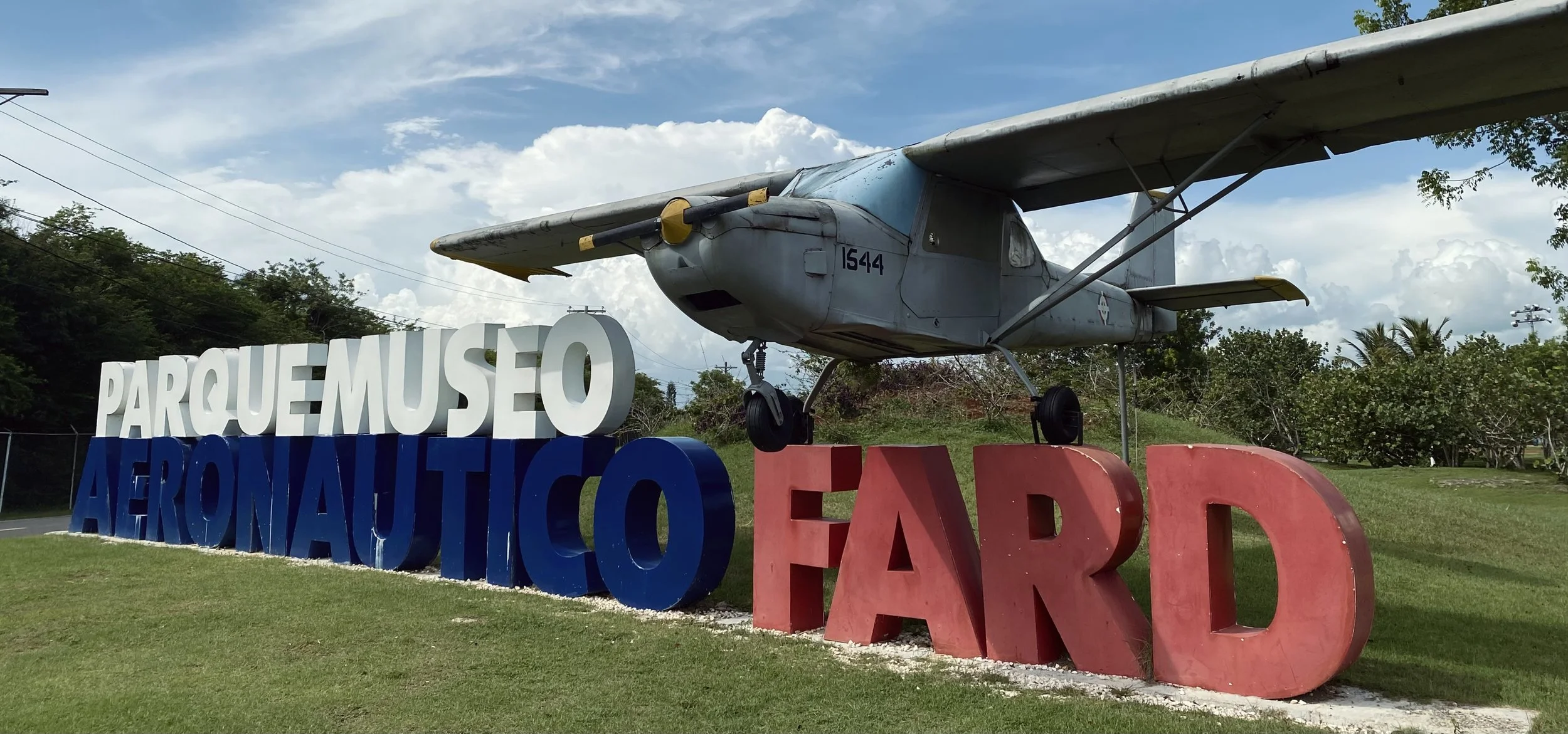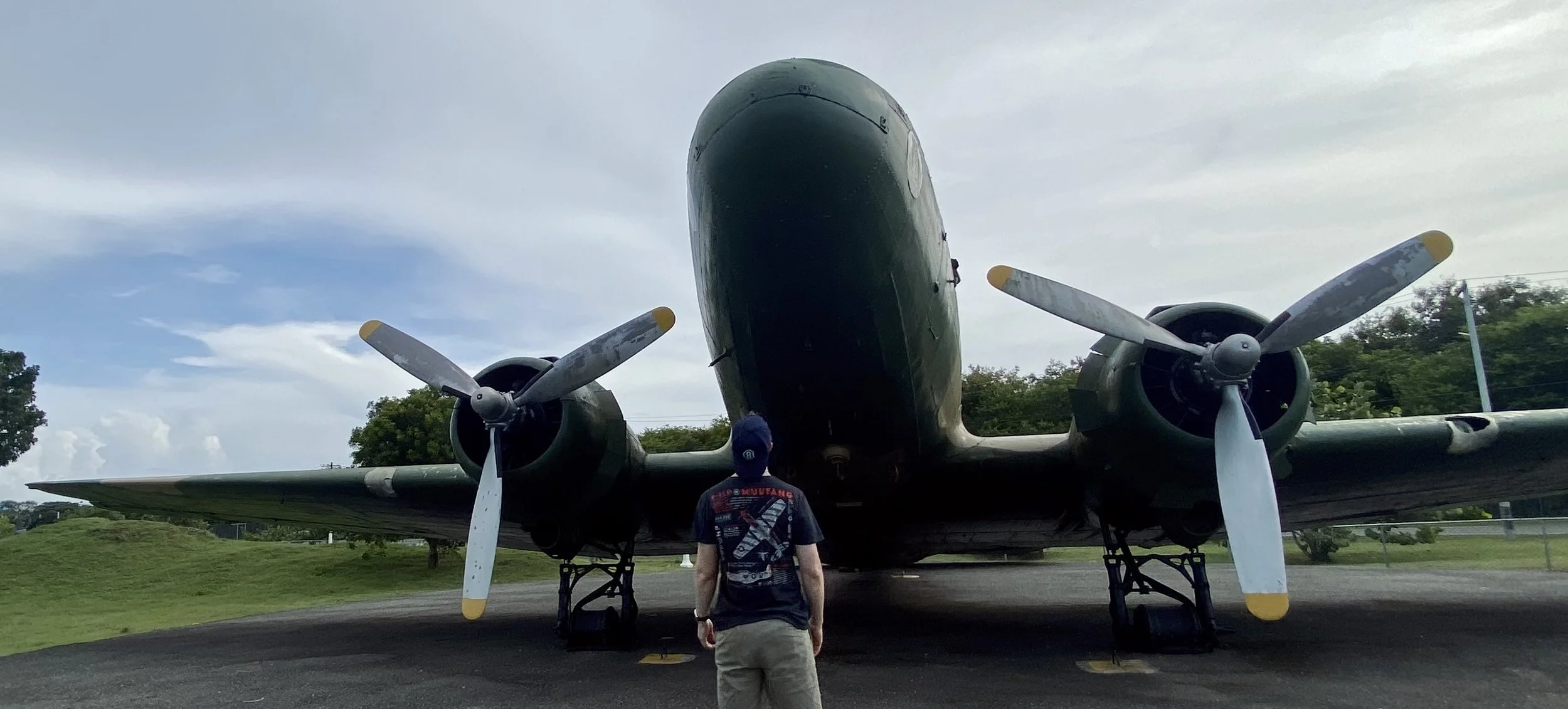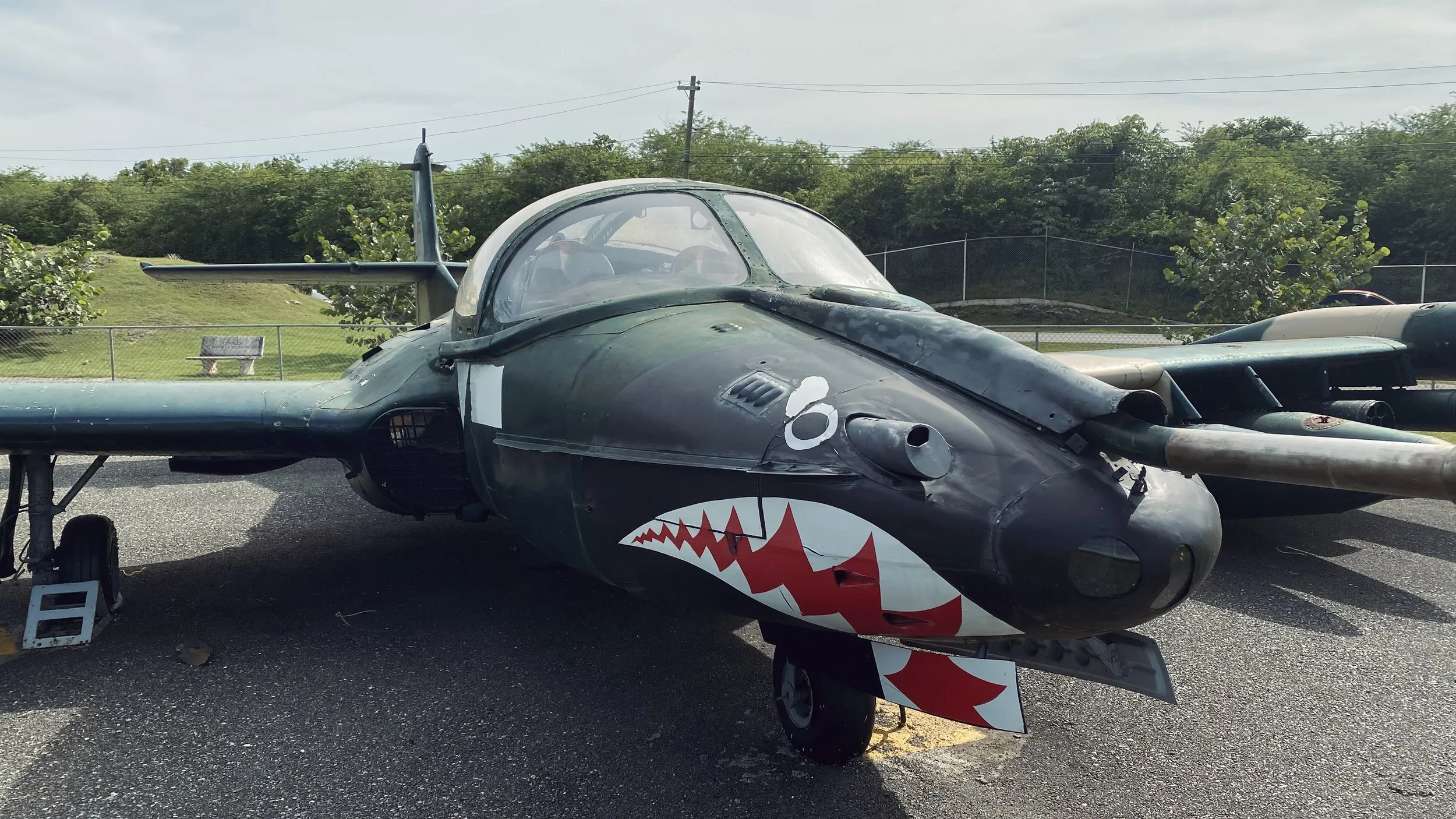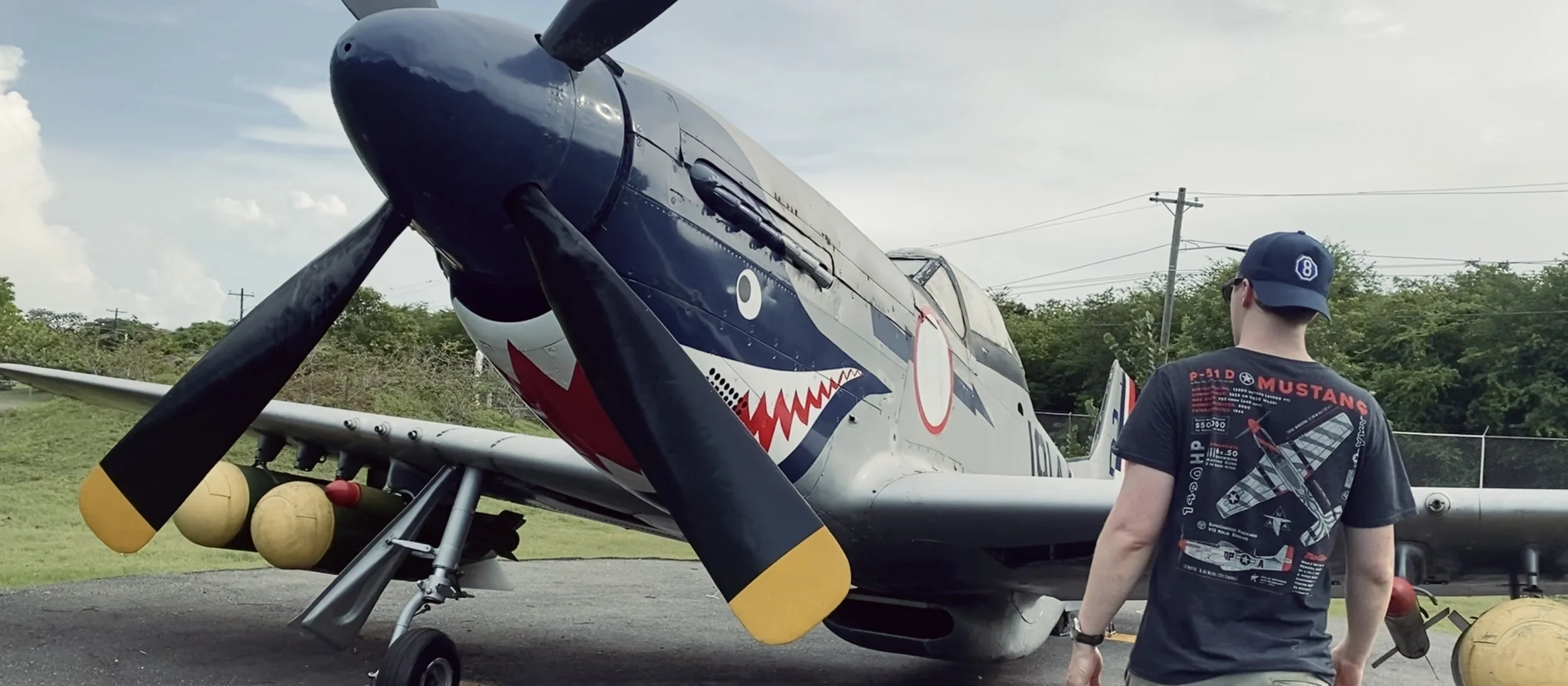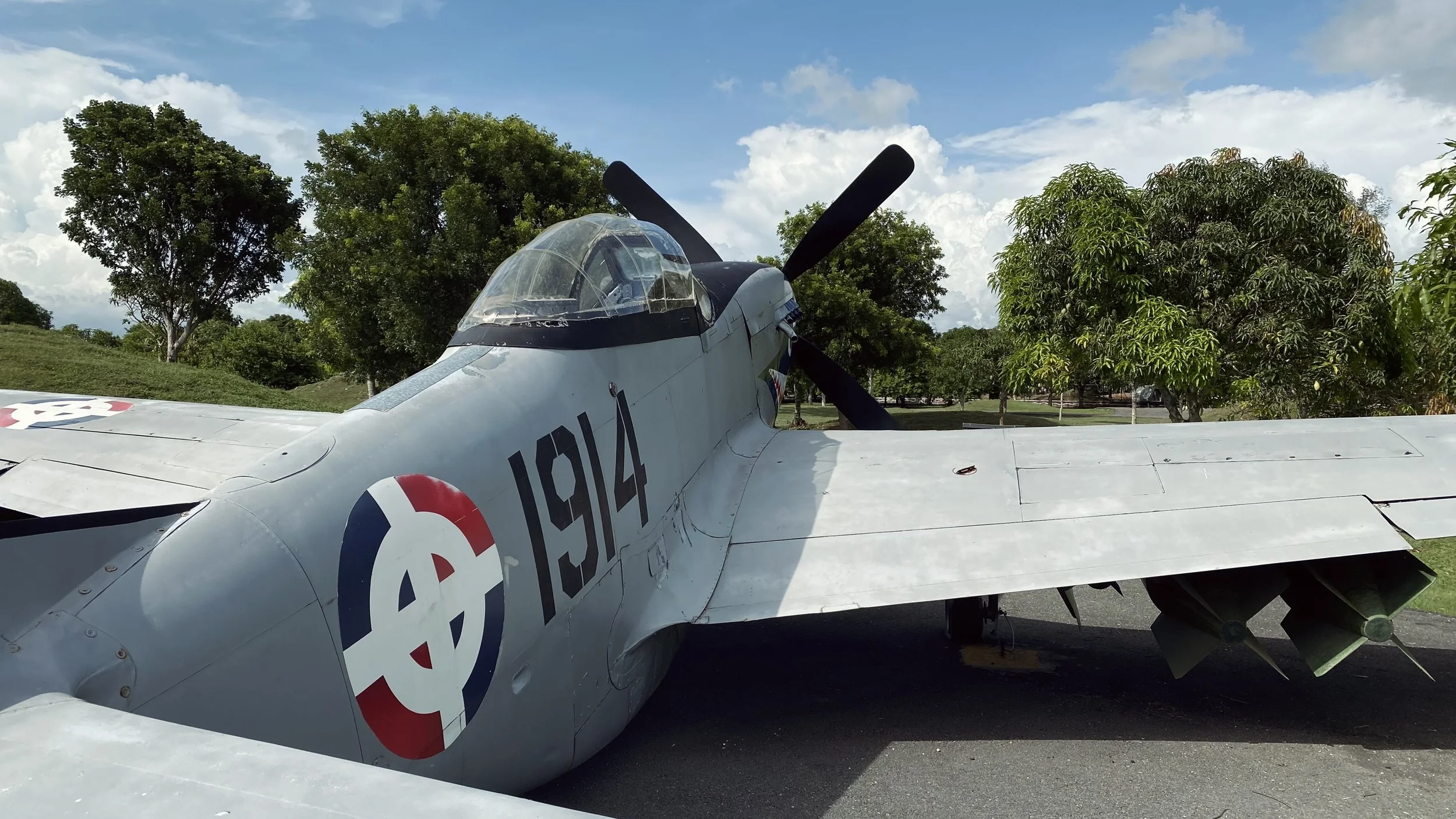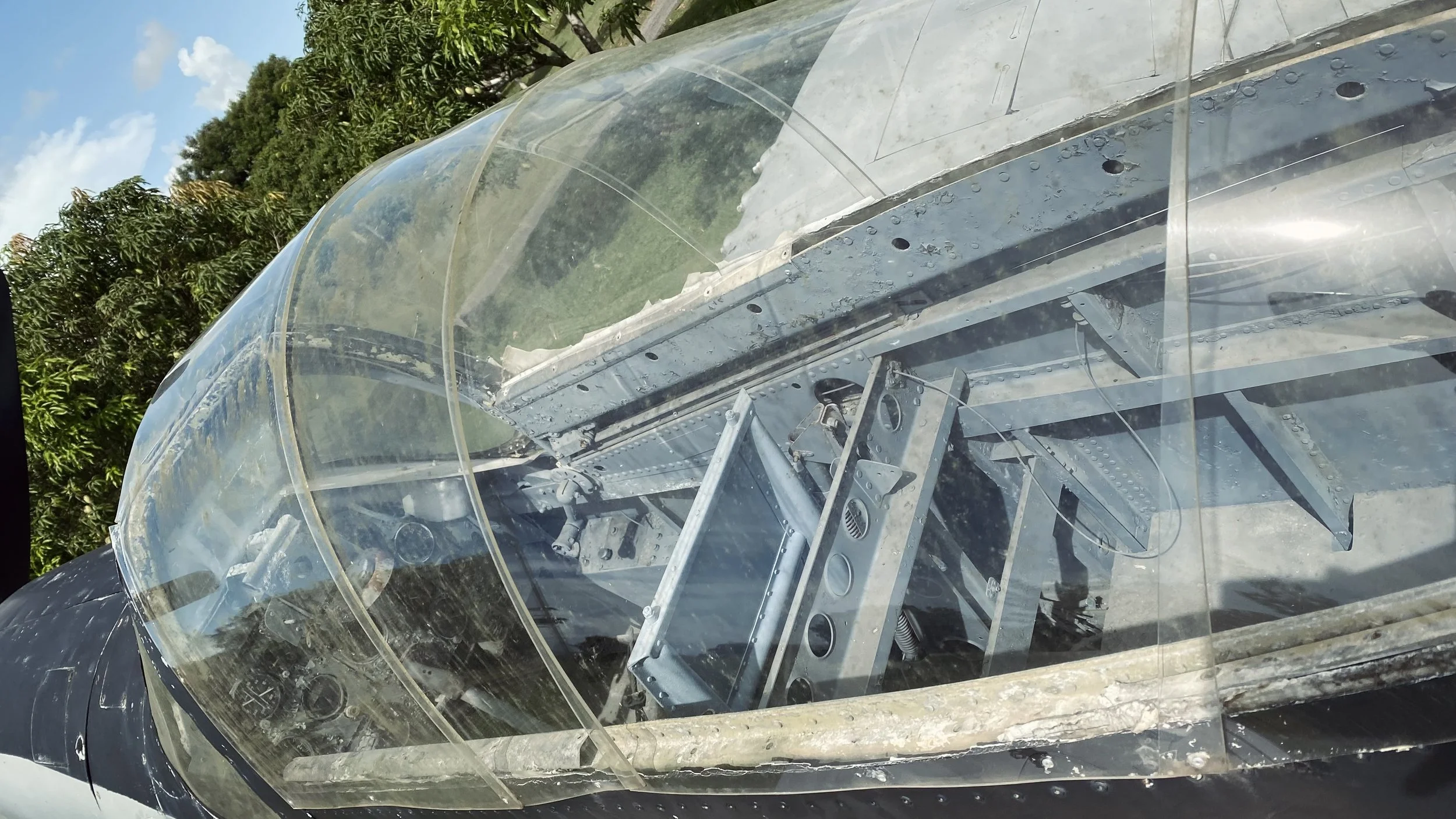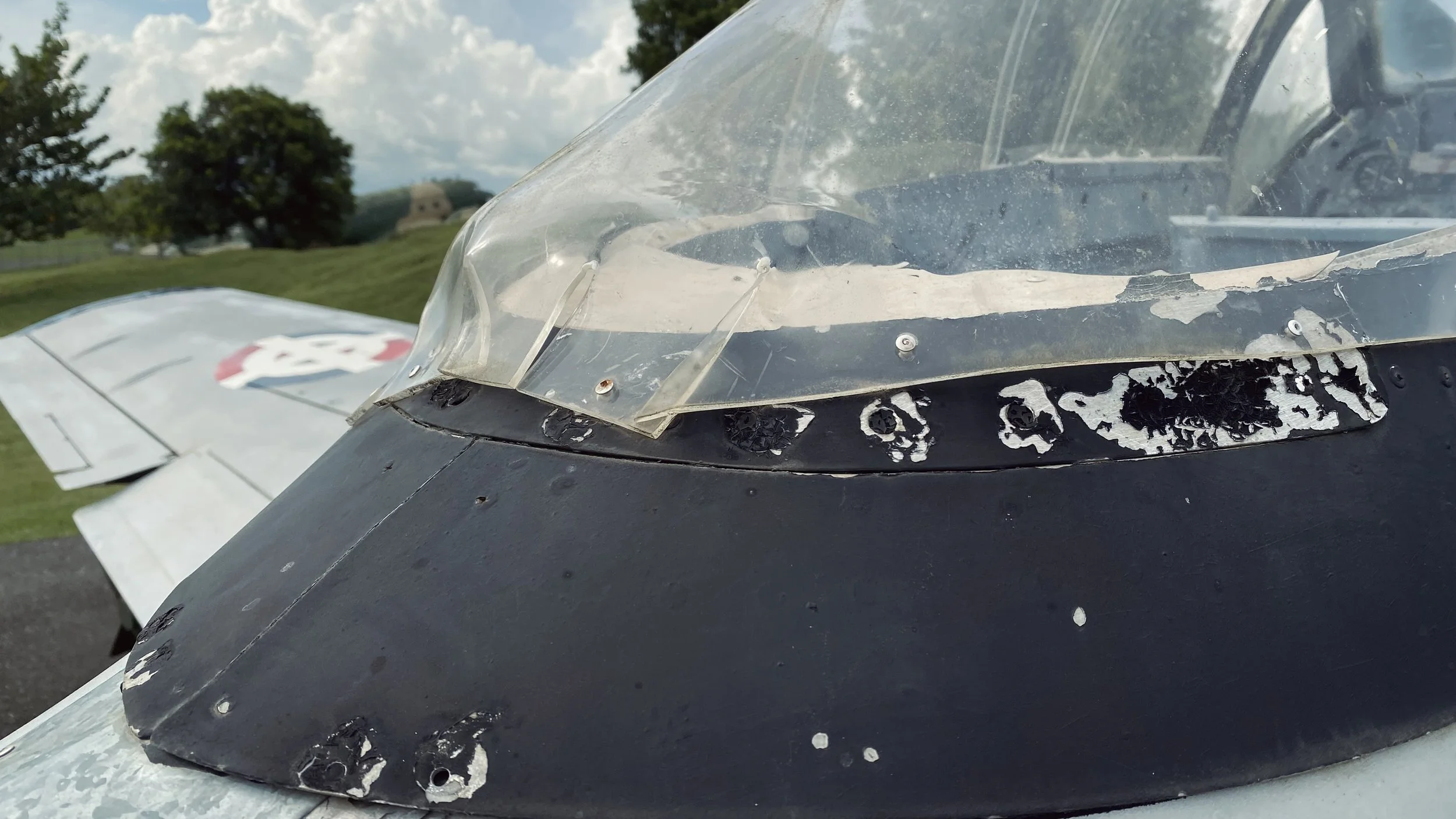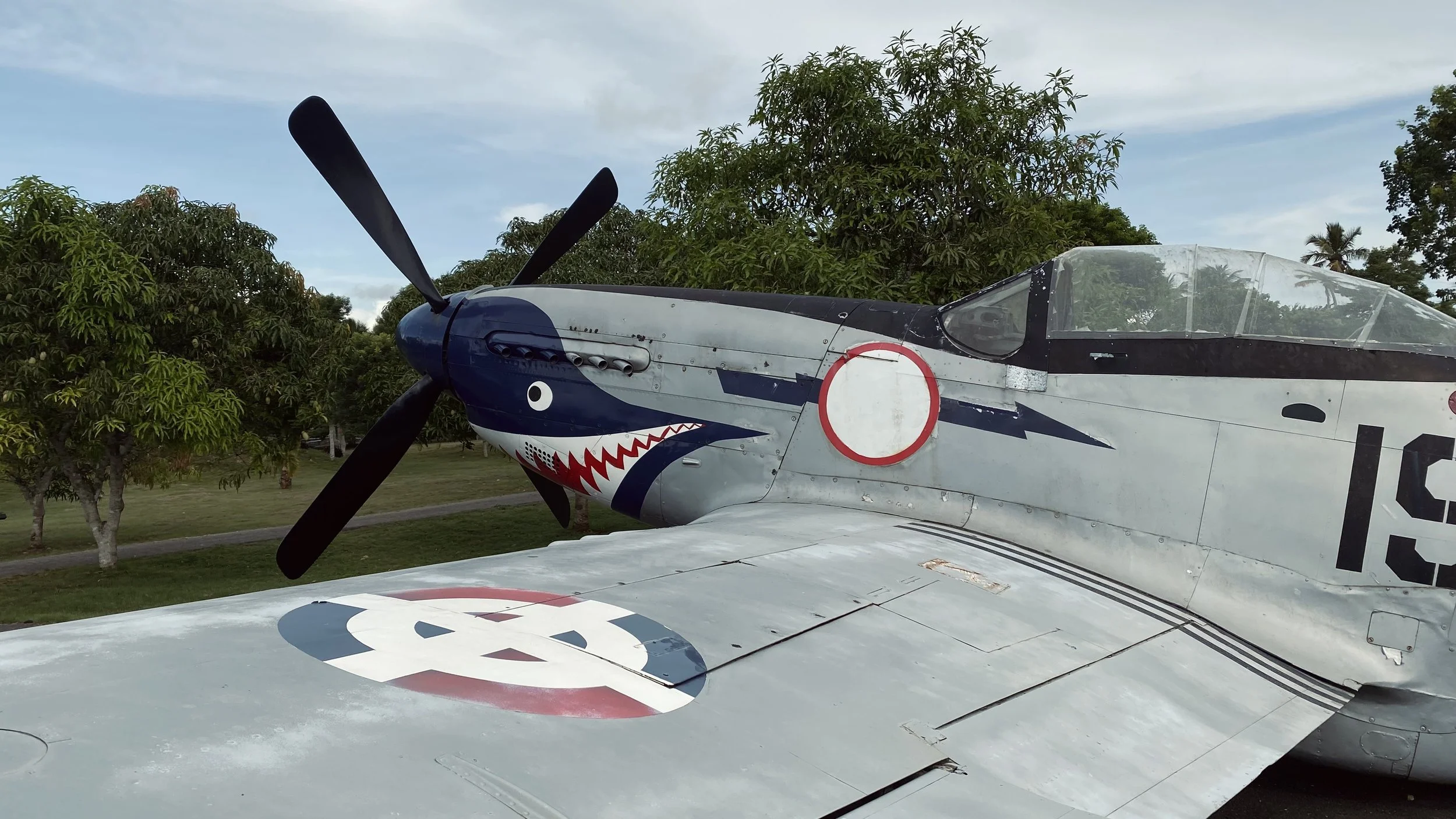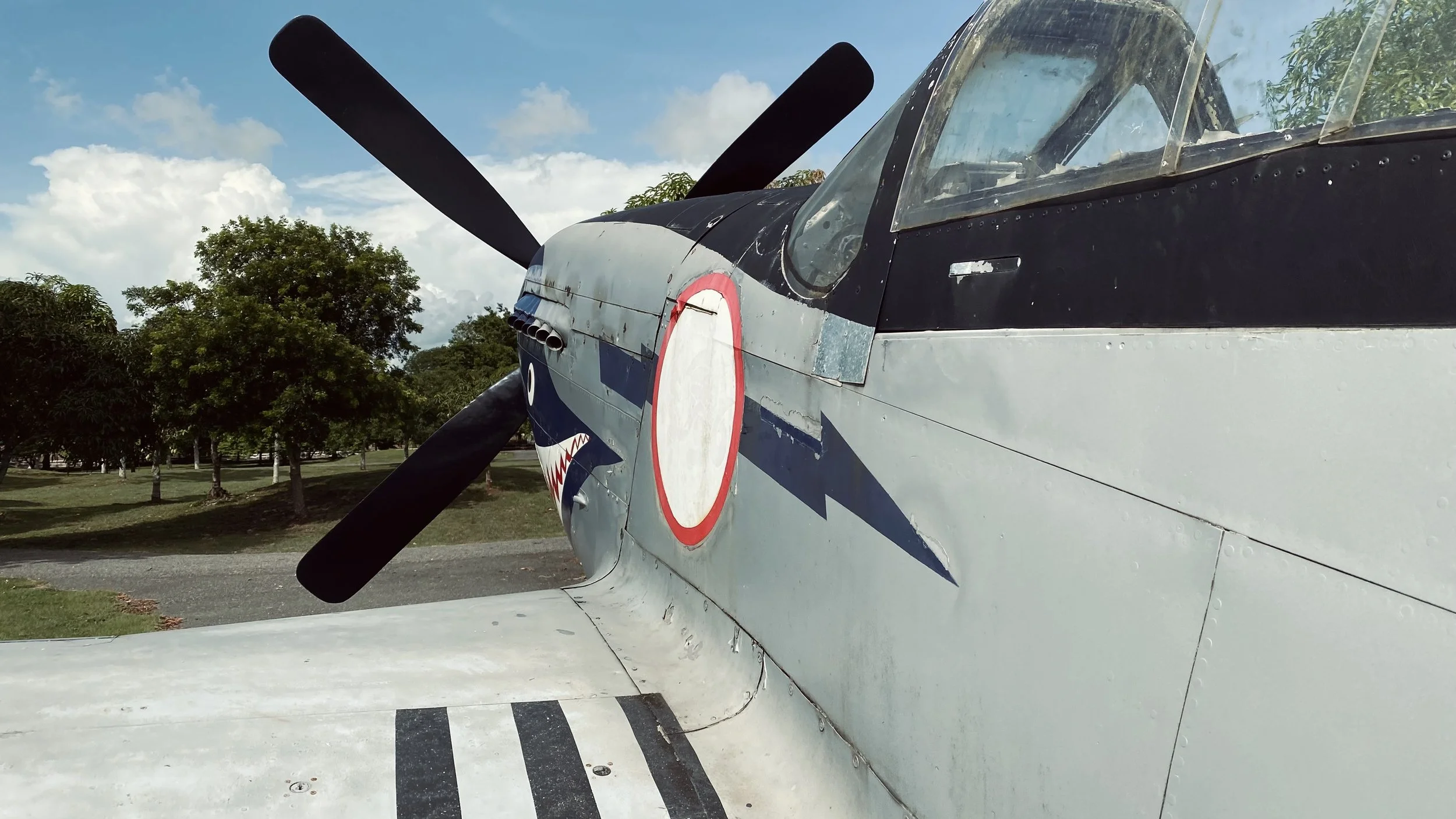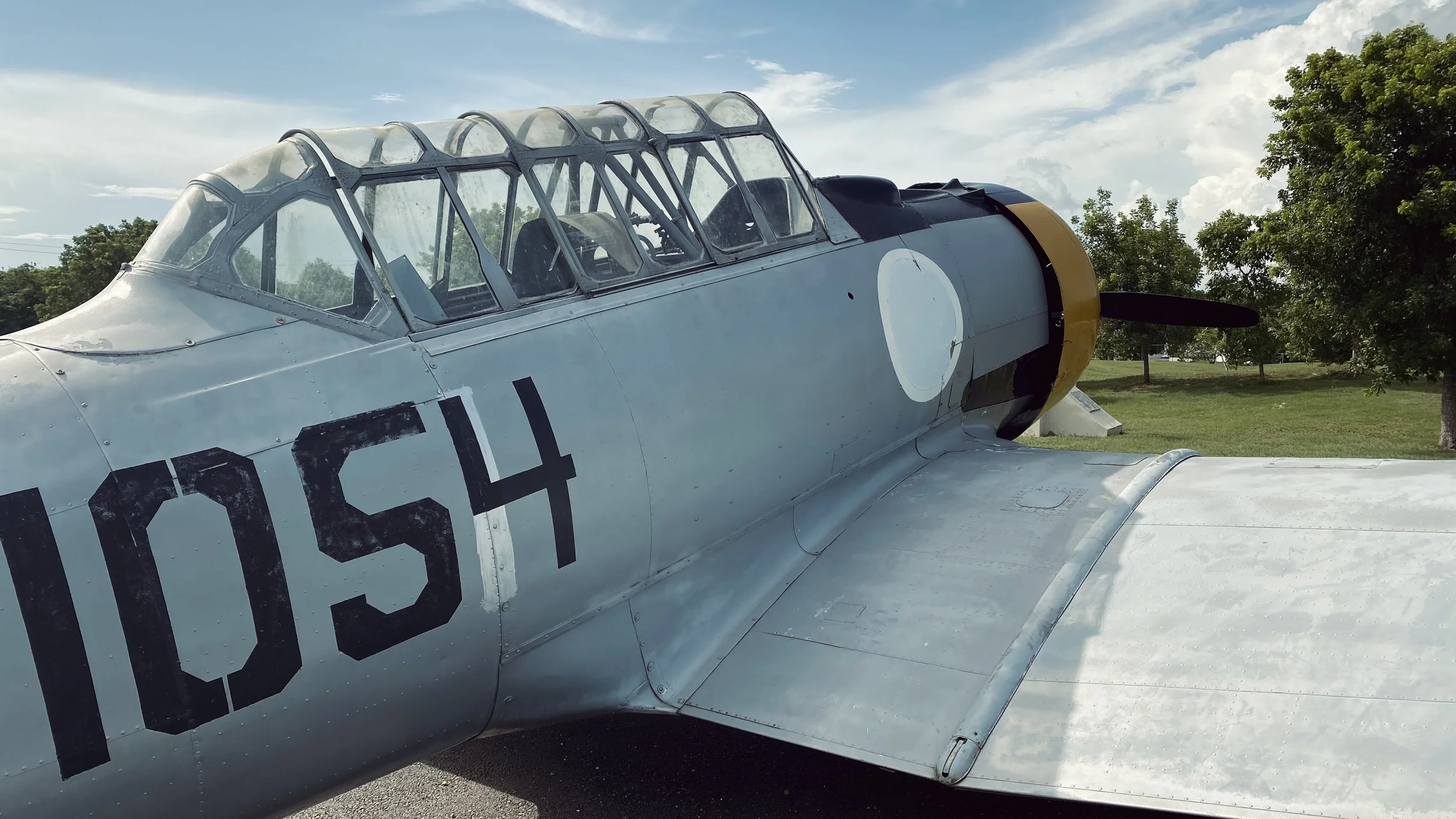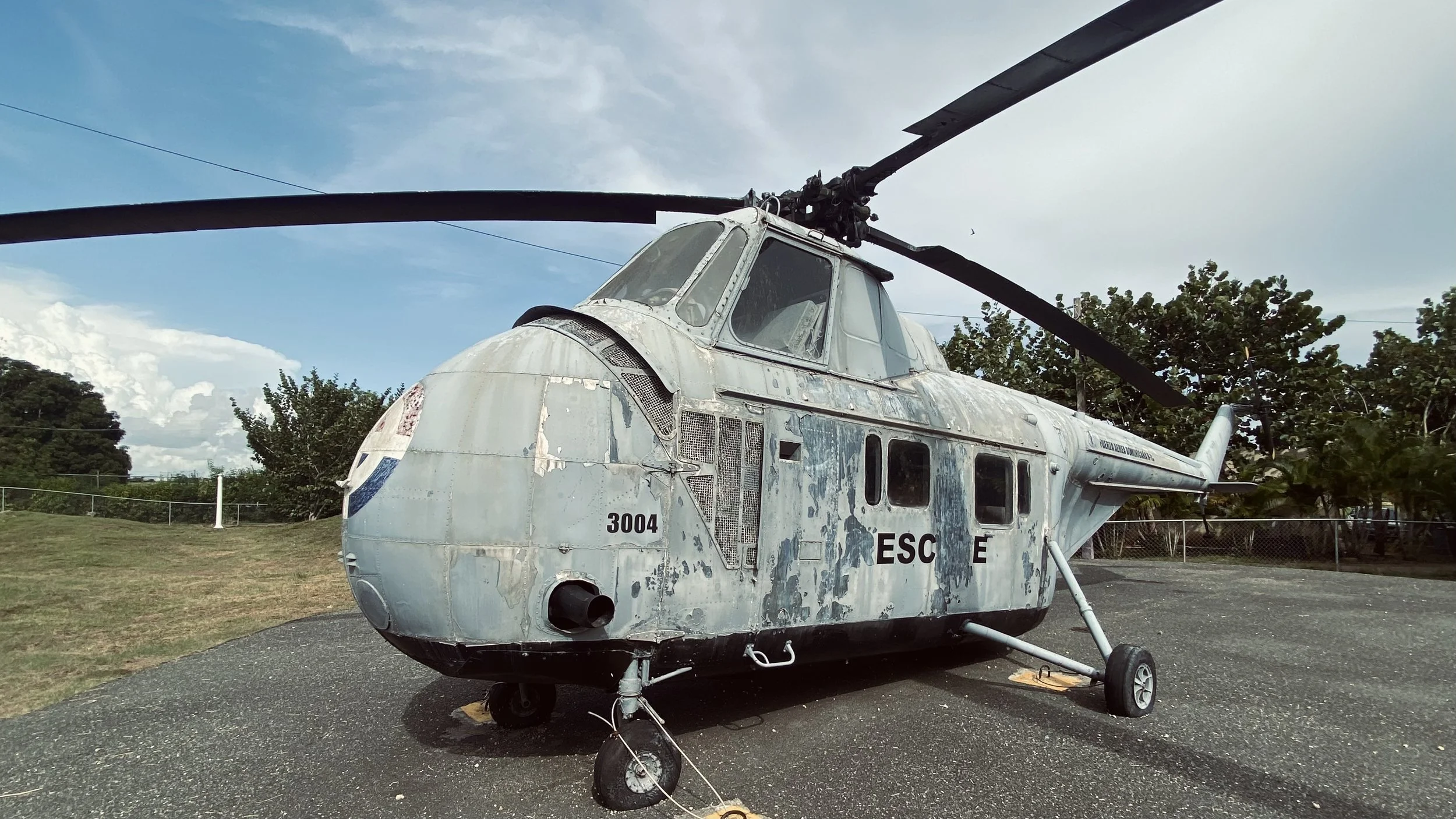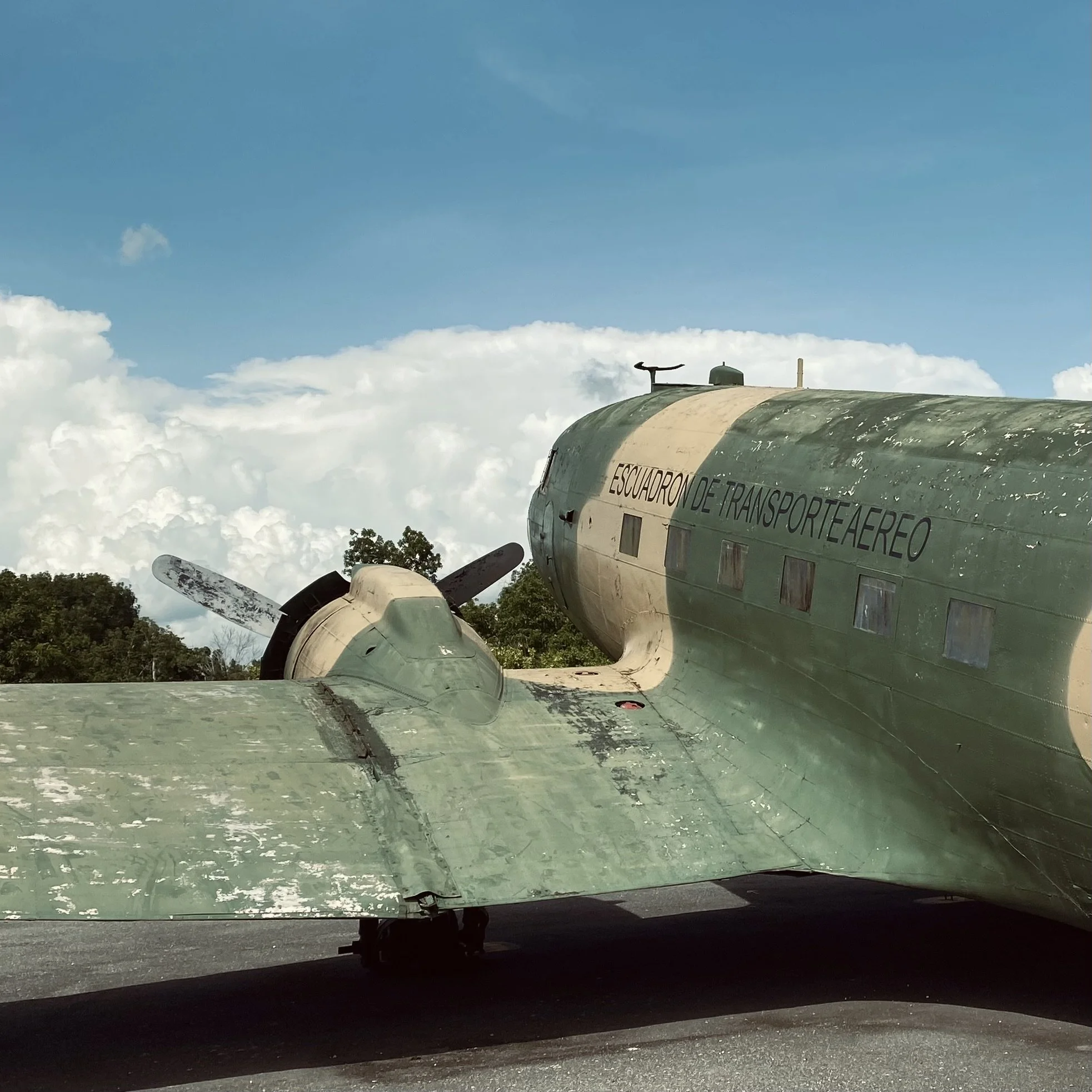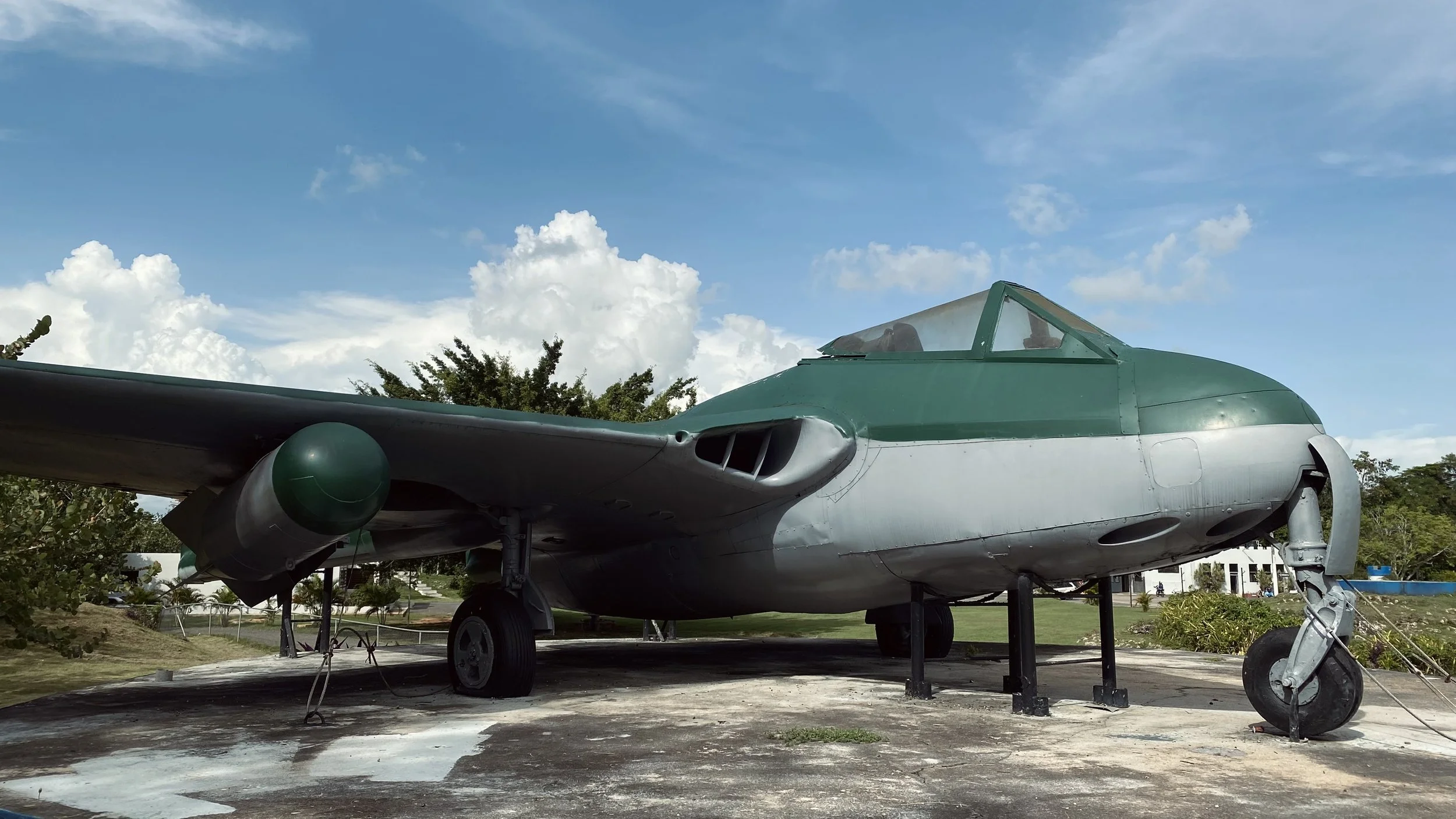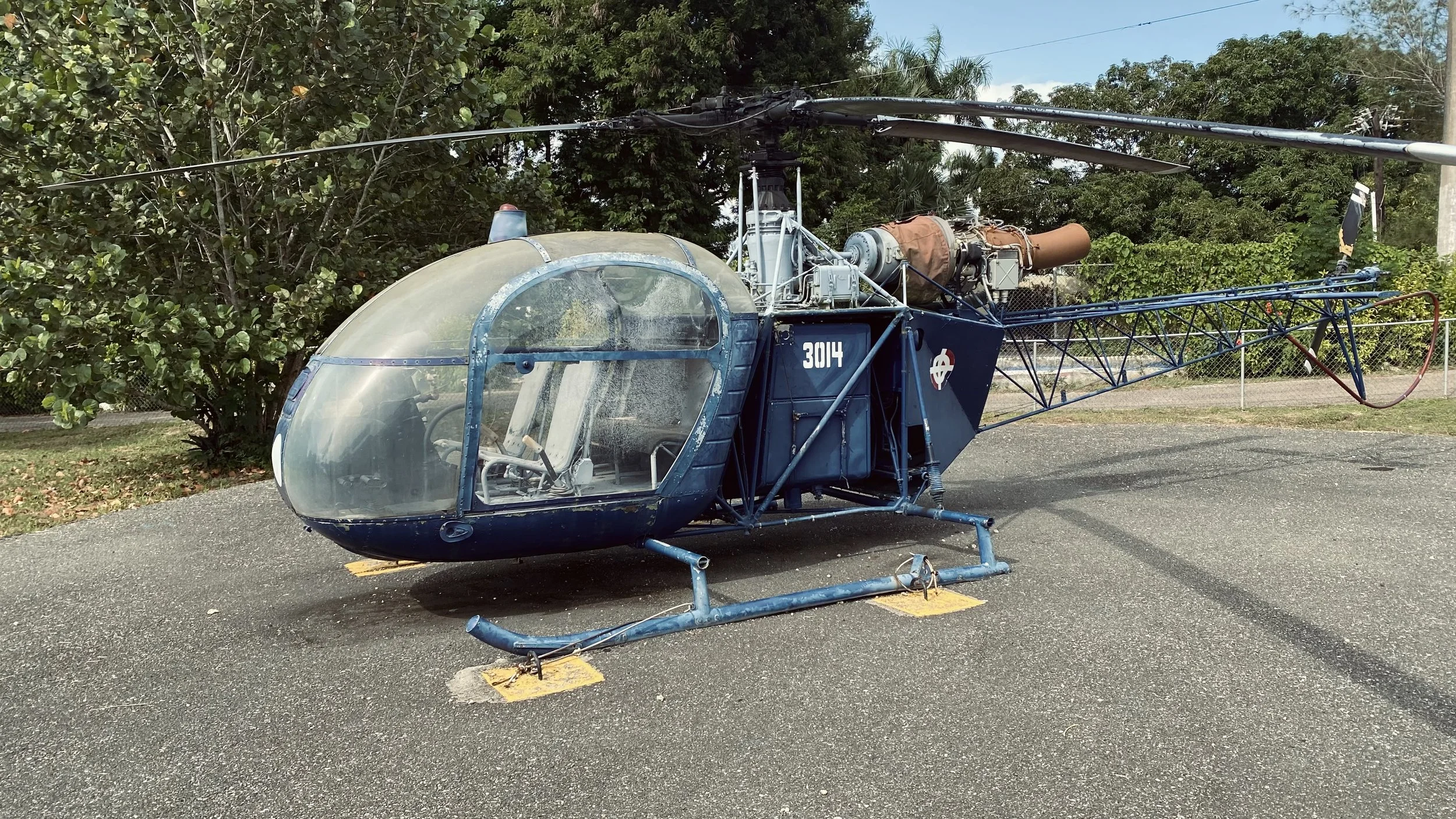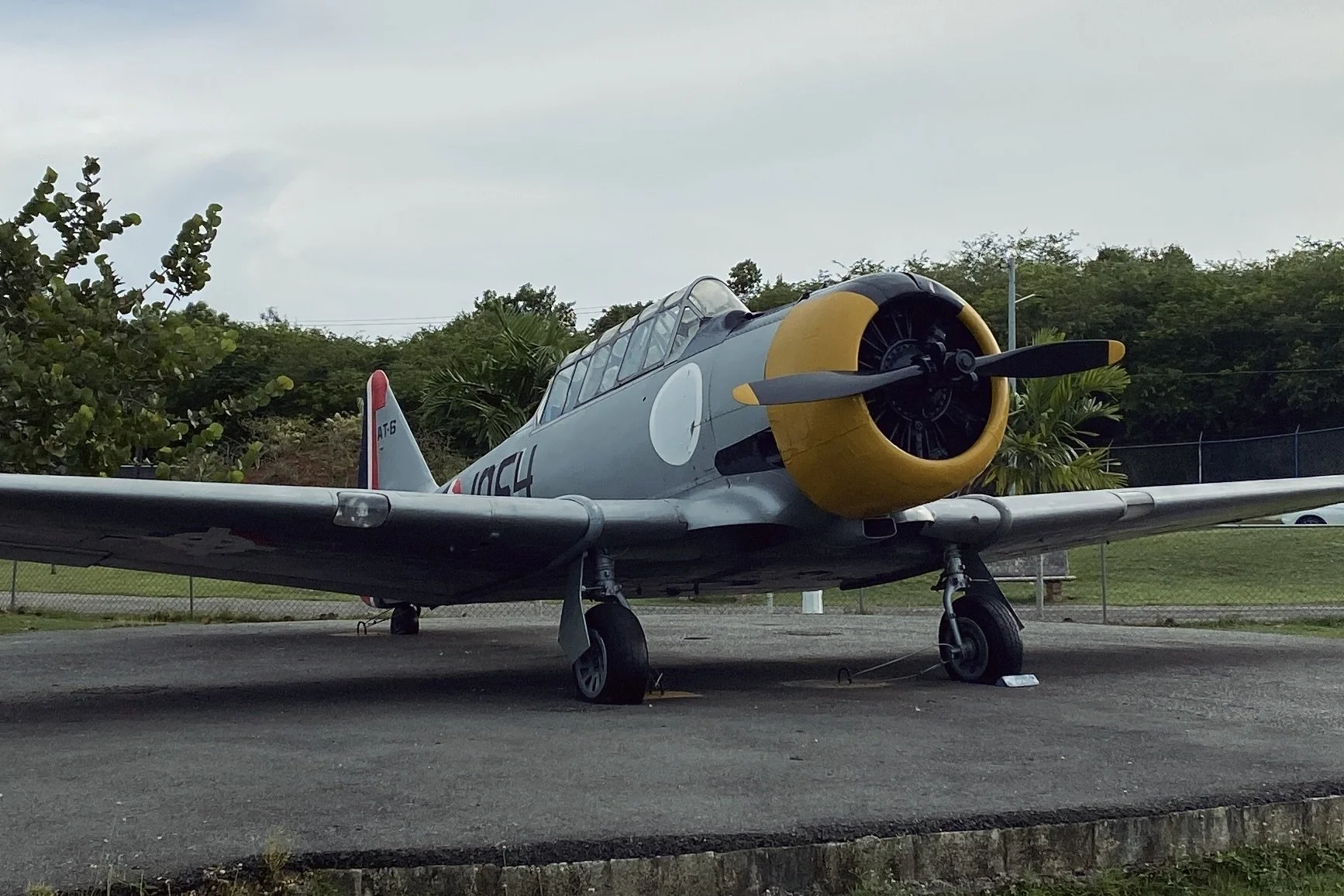Tracking down WW2 P-51 Mustang ‘The Millie G’ all the way to the Dominican Republic!
I'd known about the Dominican Republic's Air Force Museum in Santo Domingo for a few years now. The Parque Museo Aeronáutico de la FARD had opened in 2020, and according to a friend of mine, had an fascinating cast of rare Aircraft from all over the world that had served with the Dominican Air Force; a C-47 Skytrain, a de Havilland Vampire, a Cessna A-47 Dragonfly and of most interest, a P-51 Mustang.
This Google Maps Photo was all we could find on the Museum's Aircraft
While on Holiday with my Wife in the DR in June of 2024, I took the opportunity to try and see this Museum for myself. Unfortunately, I couldn't find any information about visiting hours, or even whether it was still open. There was no website, or number to call. After a few hours of searching, I found a local news report from 2020 that said the Museum opens from 10am-5pm. With fingers crossed, I set off with Bernardo, a local retired Police Officer I knew, and we were on our way.
I hoped to find the P-51 reported to be there in good condition. The Air Force of the Dominican Republic (FARD) had operated a fairly large fleet of Mustangs. They purchased 6 surplus P-51As from the US in 1948 and 32 P-51Ds from Sweden in 1952-53. Many of these Mustangs had seen combat in WWII. They would see combat again with the Ramfis Fighter Squadron (Escuadrón de Caza Ramfis) in the 1959 Constanza Invasion and the April Revolution of 1965.
Escuadrón de Caza Ramfis (Ramfis Fighter Squadron) - The Dominican Republic Fleet of P-51 Mustang's Lined up at San Isidro Air Base in the late 50s
They were kept in almost continuous service until 1984. I knew that Mustang 1914 at this Museum was the last of these Dominican Mustangs that remained in the Country. The others were sold abroad to the US, scrapped or cannibalised for parts.
It took us about an hour to get to the San Isidro Base from Central Santo Domingo. Traffic was bad, as it nearly always is in the DR's Capital City. The main gate to the Base was not open to Civilians, so Google Maps lead us on a wild goose chase through the pothole filled dirt tracks of a Barrio, and soon realised that we were lost with no phone reception.
We passed a young man in Military Uniform stood next to his motorbike, and asked him for directions. As luck would have it, he was an Air Force man about to head to the base, and said he would gladly escort us. After a winding 10 minute drive, he led us to the North Gate of the San Isidro Air Force Base, and escorted us past the Guards armed with what looked like Vietnam Era M-16s. We thanked him and continued on through the vast base towards the Air Museum.
We pulled up next to a Petrol Station, and headed inside. This was certainly no normal Air Museum. Entry was free. Before us, in a grove of ripe Mango & Starfruit Trees, lay a menagerie of retired machinery of the skies, each parked on a circular asphalt plinth, baking in the tropical sun. The Museum is laid out in a loop which you can walk at your leisure. The experience was rather surreal. A C-47 with a wasp's nest in both Oil Coolers. A Helicopter with the last Pilots helmet left on the seat. All while Vietnam-era Huey's flew low overhead on training flights.
But I was here to see if the P-51 Mustang was still on display, and what condition it was in. I'd done my research and knew that this was a special aircraft.
C.O. Edward Giller stands next to his P-51D Mustang "The Millie G"
P-51 Mustang 1914 had begun life in the U.S. during World War II, as P-51D-20-NA 44-72123. It was delivered to the USAAF on 20th January 1945, and was allocated to the 55th Fighter Group, 343rd Fighter Squadron, based at that time in Wormingford, England. It was coded CY G, and flown by the Commanding Officer of the 343rd, Ace Pilot Edward Giller. He named his Mustang "The Millie G", for his wife, airline stewardess Mildred.
Giller would rack up 3 confirmed victories, including a Messerschmitt Me 262 over Munich on 9 April 1945. He also was credited with 6 ground kills. On 16 April 1945, Gillier was wounded when his cockpit was hit by flak over Munich. He made it home, flying for 2 hours back to the UK with one arm. Thankfully, Edward Giller survived the War, and rose to become a Major General in the US Air Force. Giller passed away in October 2017 at the age of 99, but his aircraft is still with us. So how did his P-51 end up here?
After the War, it was sold to the Royal Swedish Air Force in 1946. It was then sold to the Dominican Air Force in 1952. Retired in 1984, it was reconditioned for pole mounted display in 2002, painted in an incorrect 1952 scheme.
With the opening of the new Air Museum in 2020, it resurfaced as a static exhibit. I'm pleased to report that it is now painted in an period correct Escuadrón de Caza Ramfis 1952 scheme. As of June 2024, this is what it looks like:
I would describe its condition as not too bad. It's missing its plexiglass canopy, which has been replaced by a few sheets of perspex bolted over the cockpit. This leaves gaps which means that the almost daily downpours are leaking into the cockpit, likely causing significant corrosion. However, I am just grateful this aircraft is still here. A WWII Survivor that went on to have a whole new story as part of the Dominican Air Force.
It's tires may be deflated, it's cockpit may be leaking. But it looks absolutely stunning, sporting its 1952 red & blue configuration, complete with Shark Mouth Nose Art. The Escuadron de Cazas Ramfis insignia is faded but still visible.
While I am concerned about these priceless aircraft being left out under the volatile weather of tropics, I am grateful to the Dominican Air Force for preserving them and housing them in this Air Museum. Hopefully as more people visit, they can charge an entry fee and raise money to get some of these housed in a weather-proof hangar.
This was an awesome experience. Being allowed to get up close to these aircraft is special, especially in this setting. I would absolutely recommend a visit, but advise going with a local guide as getting there is rather complicated.
We will eventually get around to releasing a full video tour of this Air Museum on our YouTube Channel in the next few weeks, so subscribe to get an alert when we release it. In the meantime, you might want to check out our P-51 Mustang Blueprint T-Shirt. It’s rather nice!






